In the bustling world of logistics and transportation, the ability to maneuver a semi truck and trailer with precision is paramount. Whether you are a seasoned driver or a novice behind the wheel, mastering the techniques of reversing a semi truck—regardless of the trailer type—can be the difference between safely delivering goods and encountering costly accidents. In this guide, we delve deeply into the essential steps and methods for backing up a semi truck and trailer effectively.
Understanding the Basics of Semi Truck and Trailer Configuration
Before we embark on techniques and tips for backing up, it’s critical to understand the configuration of your vehicle.
Types of Trailers
- Flatbed Trailers: These are open trailers without sides or a roof, allowing for easy loading and unloading.
- Enclosed Trailers: They offer protection against weather and theft for cargo, but may limit visibility when maneuvering.
- Reefer Trailers: Used for transporting perishable goods and require specific handling due to their cooling units.
- Tanker Trailers: Designed to carry liquids, their unique shape alters how your truck responds during maneuvers.
Each trailer type has its implications on visibility and handling, particularly during the backing process.
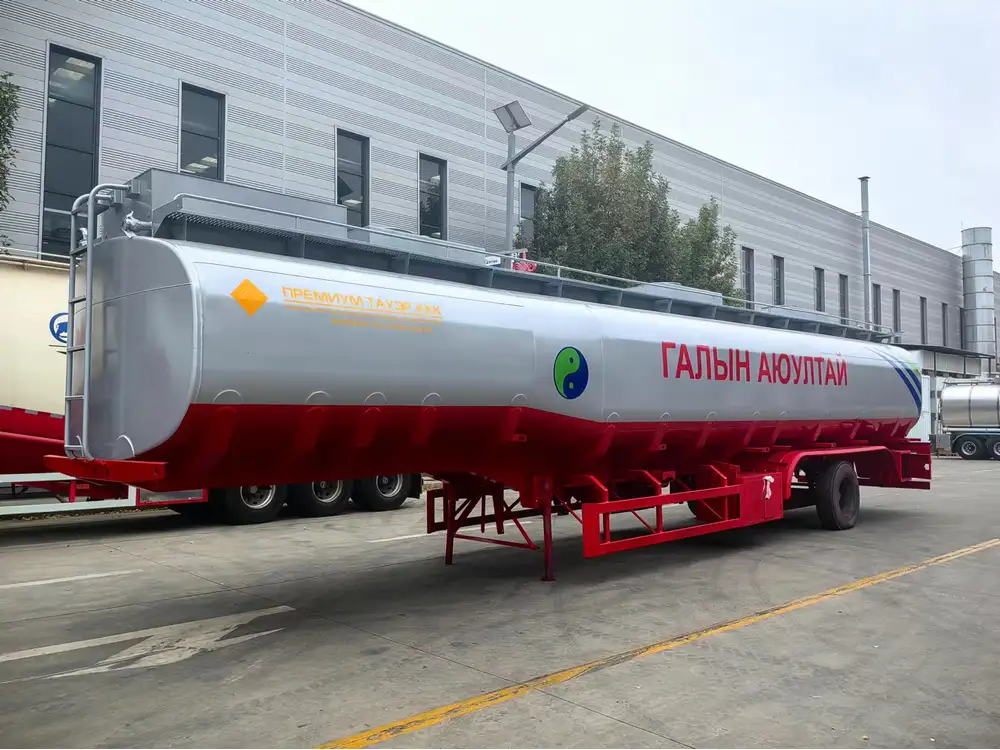
Key Components of Your Semi Truck
- Fifth Wheel: The coupling device allowing the trailer to attach securely to the truck.
- Blind Spots: Areas around the truck that are not visible to the driver through mirrors.
- Axles: Understanding where your trailer’s wheels are located relative to your truck is essential for maneuvering.
Preparing to Back Up
Preparation is key before any backing maneuver.
1. Assess the Environment
- Check for Hazards: Look for pedestrians, other vehicles, and obstructions.
- Understand Your Space: Identify the area in which you need to maneuver and ensure it’s clear.

2. Adjust the Mirrors and Seat
Ensure mirrors are properly adjusted to minimize blind spots and your seat is set for maximum visibility.
3. Use a Spotter
When possible, have a colleague outside the vehicle guide you during the backing process. Their vantage point can significantly reduce the risk of collisions or accidents.
Techniques for Backing Up a Semi Truck and Trailer
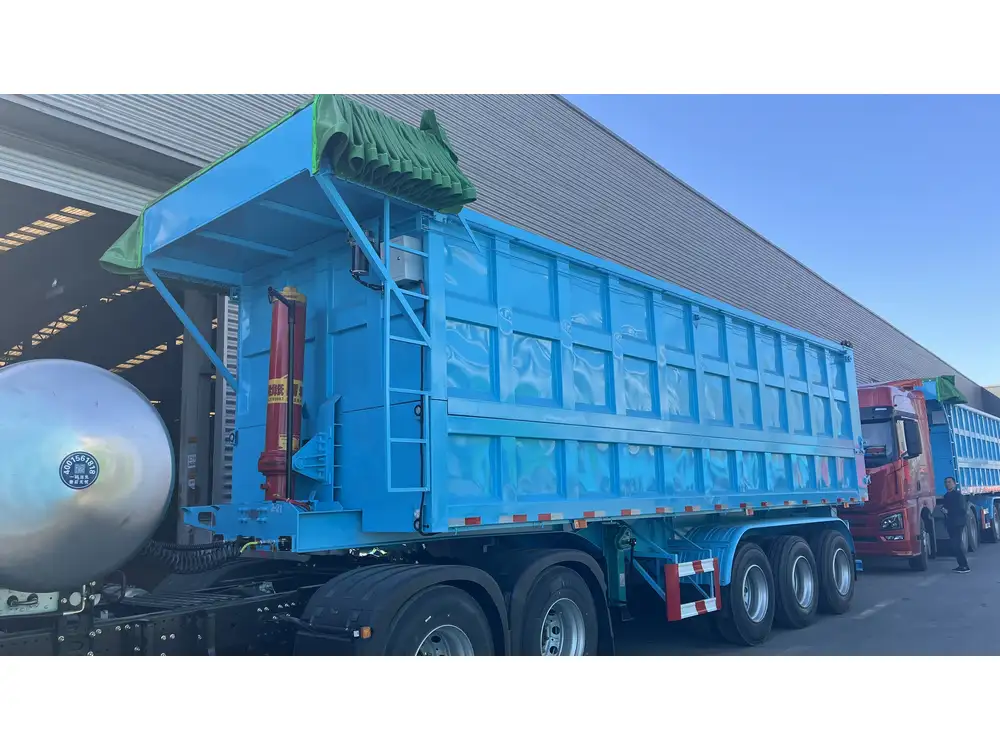
Method 1: The Straight Back
Step-by-Step Procedure:
- Positioning the Truck: Position your truck parallel to the trailer and in line with the area where the trailer will be backed.
- Signal and Shift: Activate your turn signal in the direction you wish to back. Shift into reverse.
- Slow Steering Input: Turn the steering wheel in the direction you want the trailer to go. This action initially causes the rear of the trailer to move.
- Gauge the Trailer’s Movement: Constantly check your mirrors to track the trailer’s movement and react accordingly.
- Straighten Out: Once the trailer is moving in the desired direction, straighten the steering wheel to align the truck and trailer.
Method 2: The Offset Back
Used when you need to back into a tight space or when the straight back isn’t viable.
Steps:
- Approach at an Angle: As you arrive at the backing area, drive past the desired location, angling your truck.
- Cutting the Wheel: Start the turn towards the intended backing area while shifting into reverse.
- Follow the Frame: Observe how the back of your trailer moves and navigate your side mirrors accordingly.
- Adjust as Necessary: Be prepared to adjust your angle by correcting your steering to accommodate the turning characteristics of your trailer.
Method 3: The Alley Dock
This technique is crucial for backing into a tight space between two obstacles.
Procedure:
- Positioning for the Approach: Drive past the area slightly and create an angle towards it.
- Initiate Reverse: Shift into reverse, and as you back up, turn the steering wheel towards the space you want to enter.
- Fine-tune Your Angle: As the trailer begins to enter the space, adjust your turn. The goal is to keep the trailer parallel to the obstacles.
- Straighten Out Once Inside: Once the trailer is comfortably inside, straighten your truck to align with the trailer.
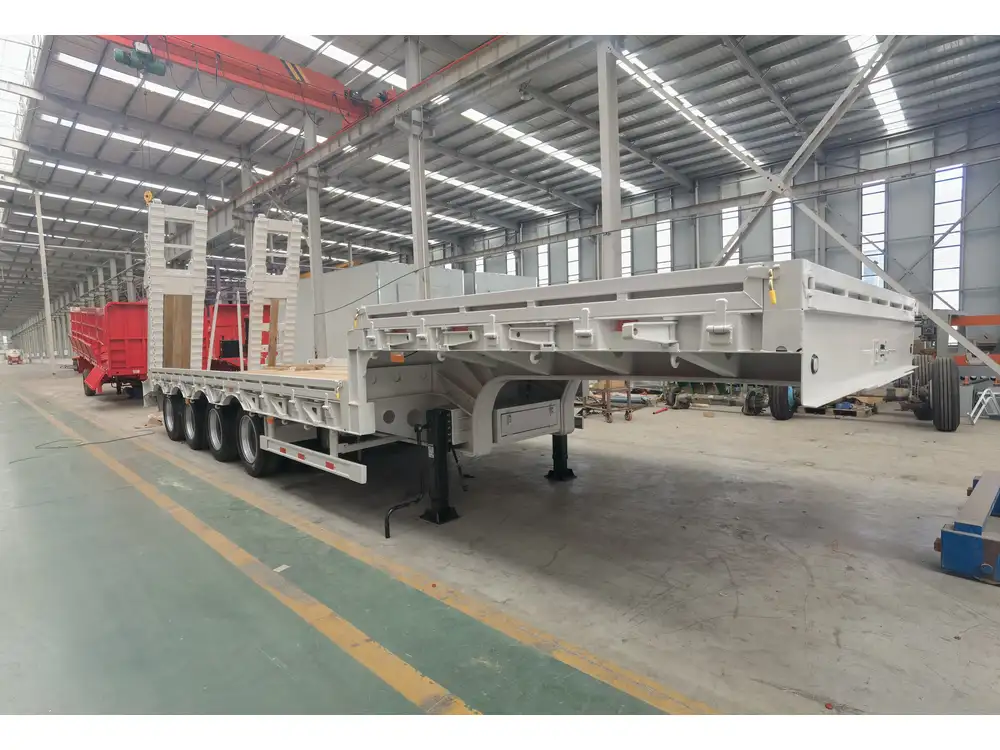
Method 4: The 90-Degree Back
Essential for docking into bays.
Steps:
- Positioning Approach: Approach the docking area parallel or slightly angled.
- Midway Adjustment: As you begin to reverse, turn the steering wheel towards the direction of the docking bay.
- Maintain Control: Watch both the truck and trailer through mirrors to ensure proper entry into the bay.
- Final Adjustment: Once in position, adjust your steering to straighten out the truck.
Common Mistakes and How to Avoid Them
Mistakes while backing can lead to accidents. Here are some pitfalls to steer clear of:
Relying Too Heavily on Mirrors
While mirrors are critical, relying solely on them can contribute to blind-spot accidents. Turn your head to look directly out of the windows when possible.

Ignoring the Importance of Slow Speed
Speed can lead to loss of control. Always proceed slowly while backing to allow for quick adjustments.
Not Using Your Brakes
Utilize your brakes to stop quickly if necessary, rather than relying solely on turning the steering wheel.
Enhancing Your Backing Skills: Practice Techniques
The art of backing a semi truck and trailer improves with consistent practice. Here are some drills to hone your skills:
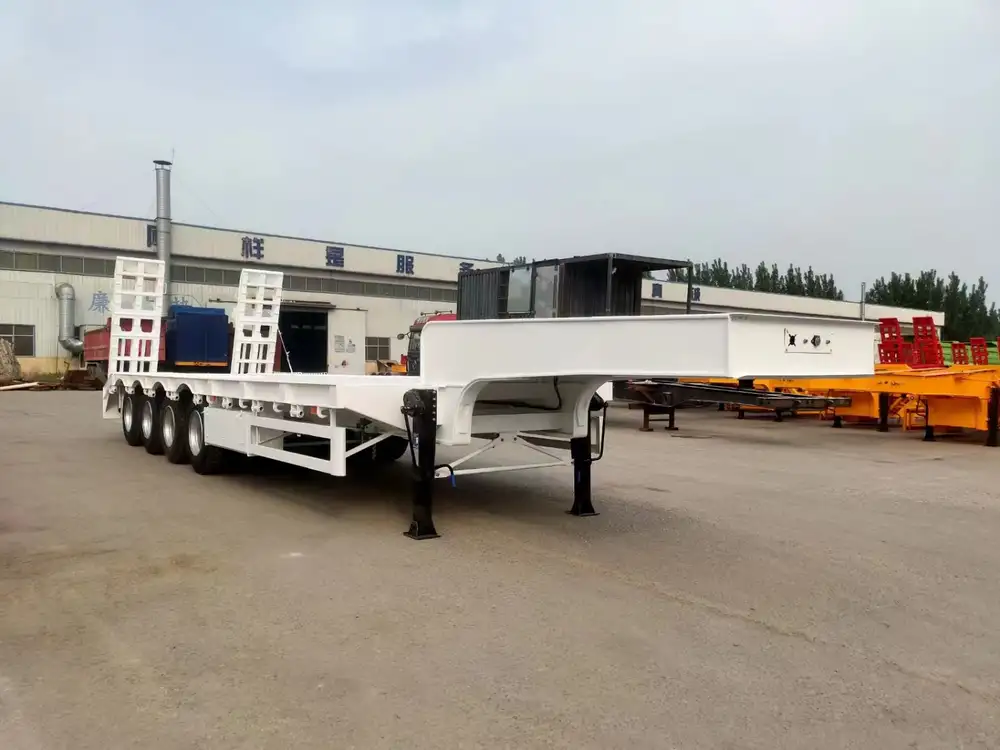
1. Practice in an Open Area
Find an expansive empty lot where you can practice various backing maneuvers without pressure.
2. Use Cones for Guidance
Set up cones to simulate obstacles. Practicing backing between them can provide real-world experience in a controlled setting.
3. Engage in Night Driving Simulations
Practice backing at night to become adept at using limited visibility conditions effectively.
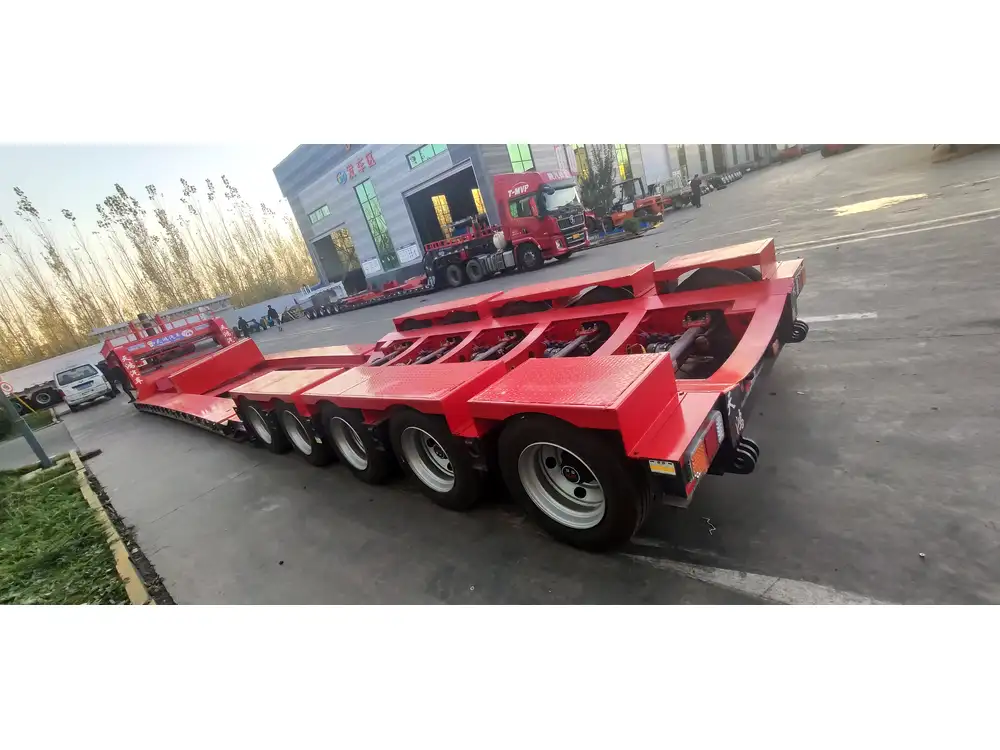
Safety Tips for Backing Up
Safety should always be your priority when maneuvering a semi truck and trailer.
1. Always Use Your Seatbelt
This basic safety measure is essential, even during slow maneuvers.
2. Establish Communication
If working with a spotter, use established hand signals for clear communication.

3. Remain Calm and Patient
Backing can be stressful, especially in tight spaces. Take your time, and don’t rush the maneuver.
Conclusion
Backing up a semi truck and trailer might seem daunting at first, but with practice and the right techniques, it becomes a manageable part of your driving routine. By fully understanding your truck, honing your backing skills, and prioritizing safety, you can ensure that each maneuver is performed with confidence and competence. Mastery of this skill set not only contributes to a safer environment but enhances your overall driving capability, making you a proficient operator on the road.
By internalizing these strategies, you position yourself as a capable and efficient driver, prepared to tackle any challenge that comes your way in the logistics and transportation industry.



